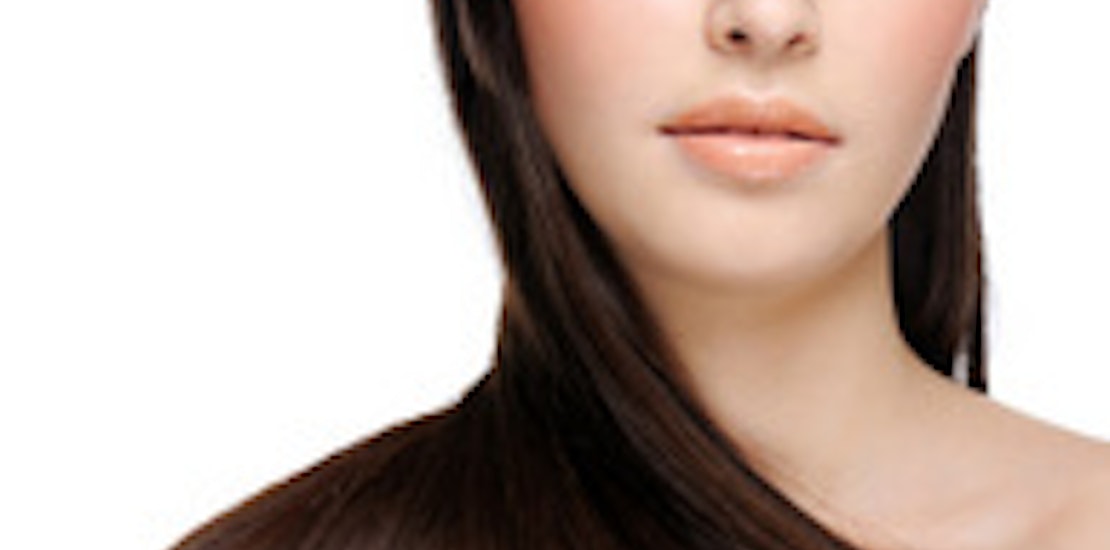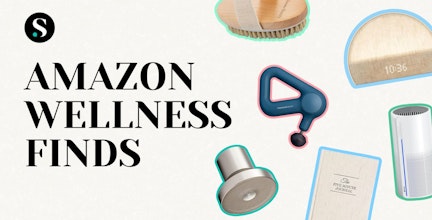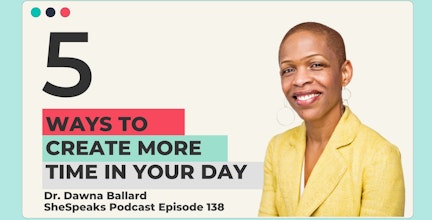The Mane Event: Eight Hair-Care Myths Debunked

They say a woman’s hair is her crowning glory, and boy, do we take that to heart. Women spend inordinate amounts of time and energy washing, styling, and caring for their hair (and let’s be honest?men do, too), all for the sake of keeping it shiny, healthy, and manageable. Like many areas of modern life, there’s plenty of advice and chatter on how to handle your hair better, faster, and more easily. There’s bound to be some folklore out there, like these points of hair-care "wisdom" sprinkled in with the facts.
Myth 1: Brushing one hundred strokes per night makes hair healthy and shiny.
At one point in hair-care history, someone thought that excessive brushing stimulated blood circulation, prompting lazy hair follicles to work extra hard. The truth is that although individual strands of hair are fairly strong, brushing more than necessary is much more likely to cause excessive breakage and damage than to leave you with thicker, shinier hair. This is especially true if you use a brush with plastic bristles, which can catch and snag. Natural-bristle brushes (like those with boar bristles) can distribute beneficial oils from the root to the ends of the hair shaft. But no matter what kind of combing implement you use, you should leave your hair alone once the snarls and tangles are gone.
Myth 2: Prenatal vitamins help hair grow longer.
Although some women swear by them, there’s no evidence to suggest prenatal vitamins are particularly helpful for hair growth. Hair does grow longer and thicker during pregnancy, but that’s because of higher hormone levels, not because of the vitamins themselves. Vitamins can be helpful for people experiencing poor hair growth due to a vitamin deficiency, but in those instances, a regular multivitamin or an iron supplement will perform just as well as the prenatal variety.
Myth 3: Male-pattern baldness is passed down by the mother.
Baldness isn’t just mom’s fault. Conventional wisdom holds that a man’s baldness is determined by his maternal grandfather, but it’s actually much more complicated than that. The gene for androgenic alopecia, as it’s formally called, can be inherited from either parent. It is true, however, that the X chromosome, passed down by the mother, is the most important determining factor as to whether or not baldness will actually develop. Both men and women can inherit the gene for baldness, but men are more likely to express it, in the same way that they’re more likely to express legitimate X-linked disorders like hemophilia and color blindness. Since they don’t have another copy of the X chromosome to cancel out abnormalities, they’re stuck with whatever gene is on their single X.
Myth 4: You can restore damaged hair back to health.
All hair is dead, and unfortunately, there’s nothing we can do about it. Once hair emerges from its follicle, it has no biochemical activity, no nervous tissue, and no pain receptors. There is no way to magically heal or restore hair that’s been damaged by chemicals or rough handling. The only solutions are to use products that artificially add moisture and mask the damaged texture or to cut if off completely.
Myth 5: It’s dangerous to use hair dye during pregnancy.
This concern stems more from the noxious fumes associated with hair dye than with the small amount of dye actually absorbed through the scalp. Pregnant women should always consult their doctors, but there’s no scientific evidence that coloring hair during pregnancy will adversely affect an unborn baby. Even the March of Dimes assures women that there’s virtually no increased risk. However, to take extra precautions, most experts advise cautious moms-to-be to wait until after the first trimester to start dyeing again. When they do, they should always use gloves, should only use the recommended amount of dye, and should do the dyeing in a well-ventilated room.
Myth 6: A cold rinse keeps hair shiny and frizz-free.
Contrary to popular belief, giving freshly washed hair a final rinse with cool water does not seal the cuticle, keep it shiny, or prevent frizziness. Cold water can temporarily help the hair’s cuticle to lay flatter, but the effect instantly wears off after towel-drying, blow-drying, or intense styling. The only thing a cold-water rinse is good for is a morning pick-me-up.
Myth 7: Shaving hair makes it grow back thicker.
Some misguided moms even resort to shaving their infants’ heads in the hope that the hair that grows back will be thicker and fuller. In reality, shaving doesn’t affect the quality or texture of the hair, according to dermatologists at the Mayo Clinic. Shaving acts on the hair shaft (which, of course, is dead to begin with), not the follicle. Whether it’s on the head or the legs, hair that’s growing back may seem coarser, thicker, or more noticeable, but it’s not.
Myth 8: You can train your hair.
Unfortunately, if you’re the owner of a noticeable cowlick or natural part, you’re stuck with it. No amount of styling, fixing, or cementing hair into a different orientation will ever make it grow that way. Hair follicles lay in different orientations all over the scalp, and whatever pattern you’re born with is what you’ll have to live with.
Nowadays, anyone with a computer and the software to build a Web site can market him- or herself as an expert and dispense advice to the masses, but a healthy dose of skepticism is still the antidote for misinformation. A dermatologist or trichologist (hair doctor) can help you understand your hair and determine the best way to treat it. Their first piece of advice? Don’t believe everything you read on the Internet.
Originally written by Allison Ford for DivineCaroline.com






 (1)_05192023144508.jpg?max-w=432&max-h=220&fit=crop&auto=format)
 (36)_04272023152113.jpg?max-w=432&max-h=220&fit=crop&auto=format)





_01252024061712.jpg?max-w=432&max-h=220&fit=crop&auto=format)

_10242023164832.jpg?max-w=432&max-h=220&fit=crop&auto=format)


_08172023152001.jpg?max-w=432&max-h=220&fit=crop&auto=format)


 (6)_07082023175312.jpg?max-w=432&max-h=220&fit=crop&auto=format)

 (37)_05032023114523.jpg?max-w=432&max-h=220&fit=crop&auto=format)
 (3)_04112023125932.jpg?max-w=432&max-h=220&fit=crop&auto=format)